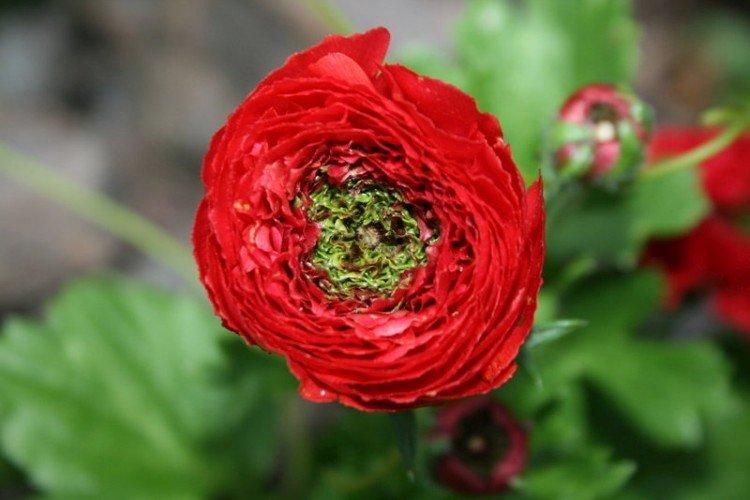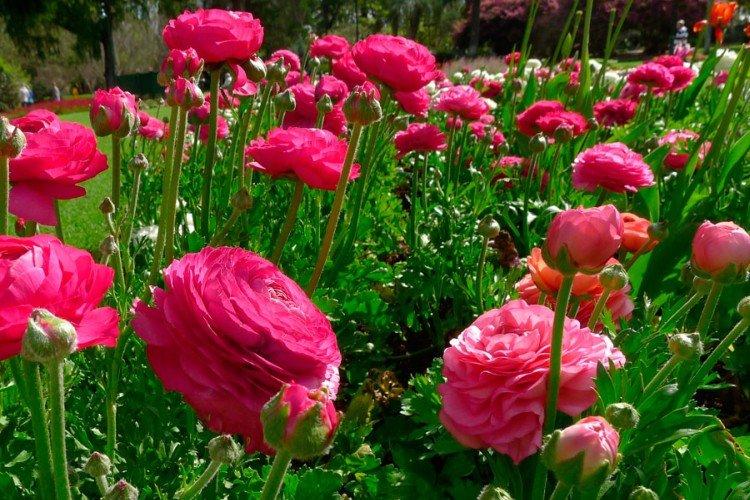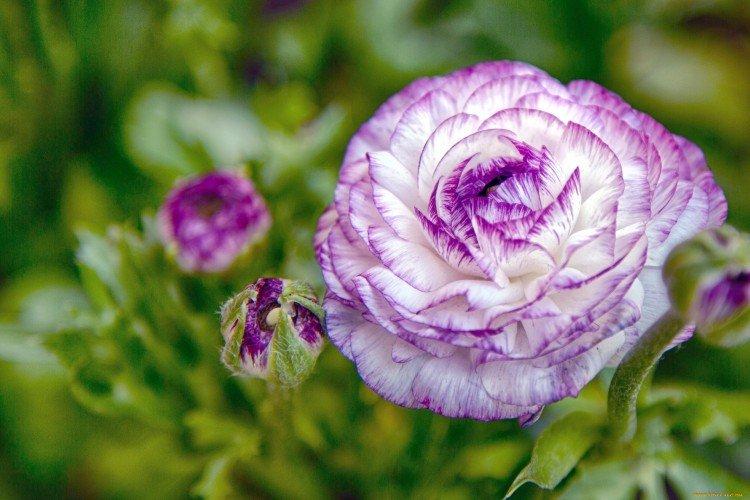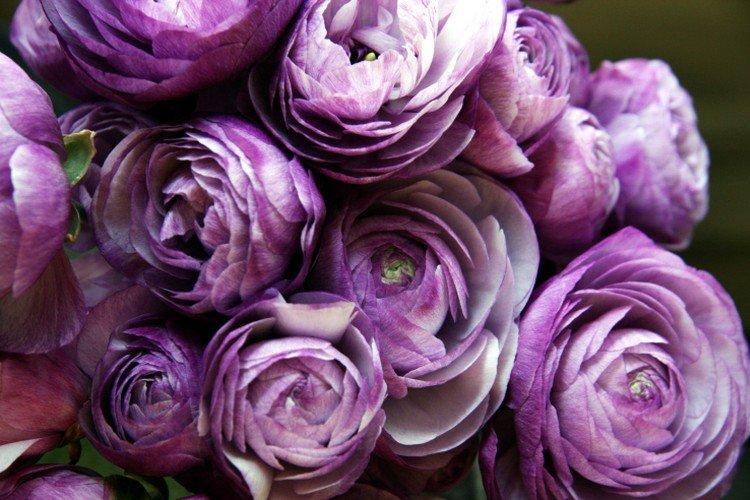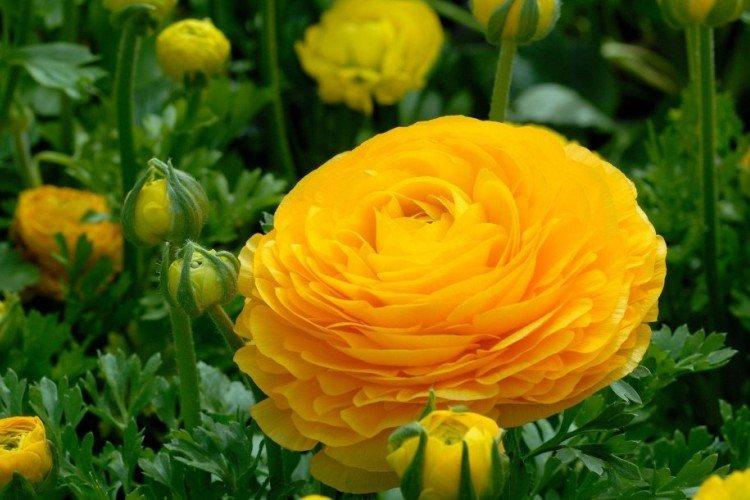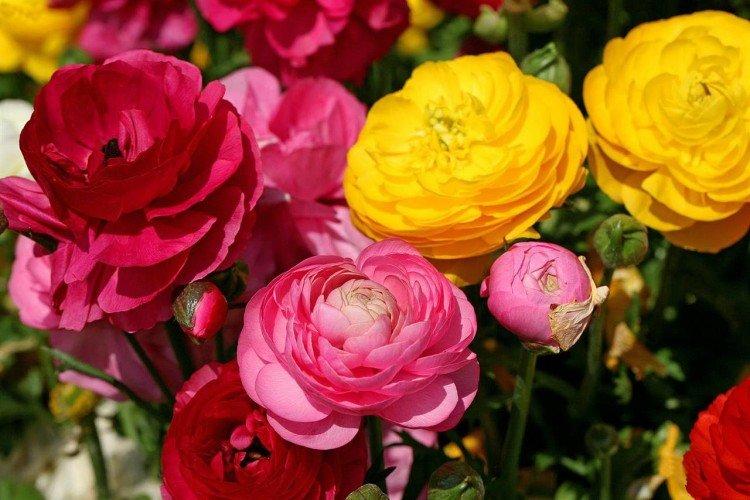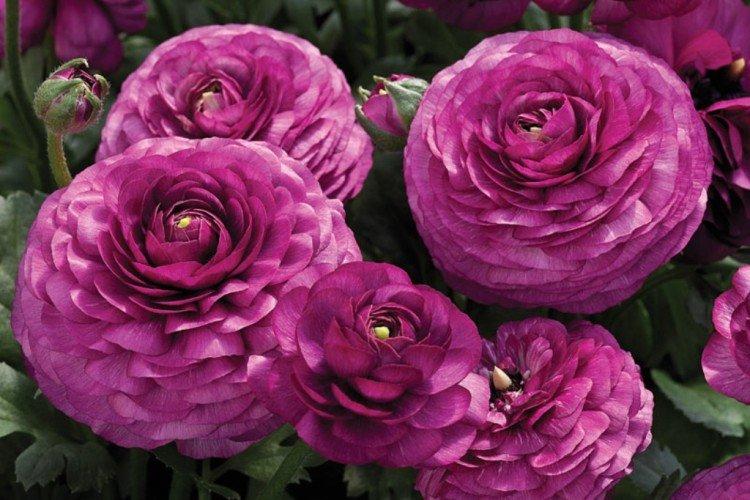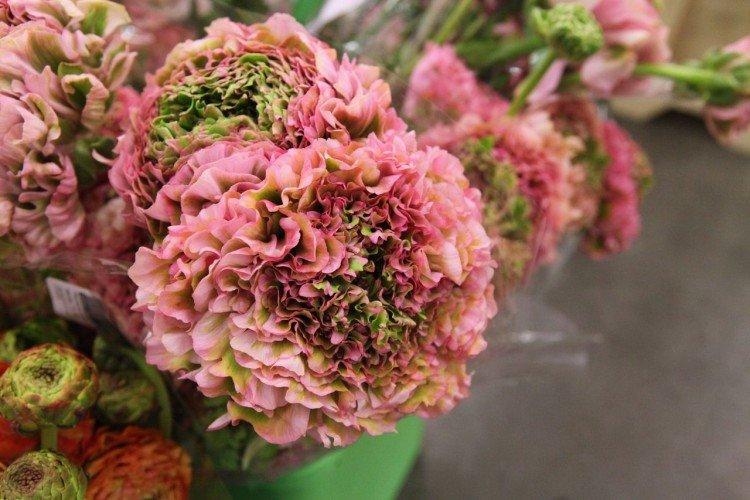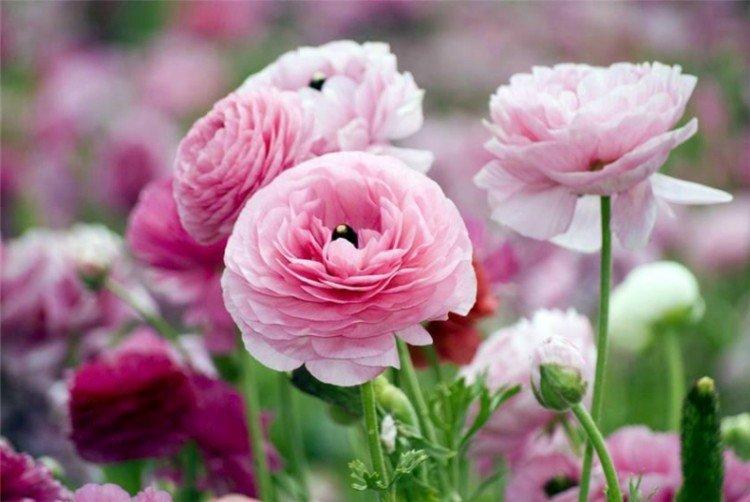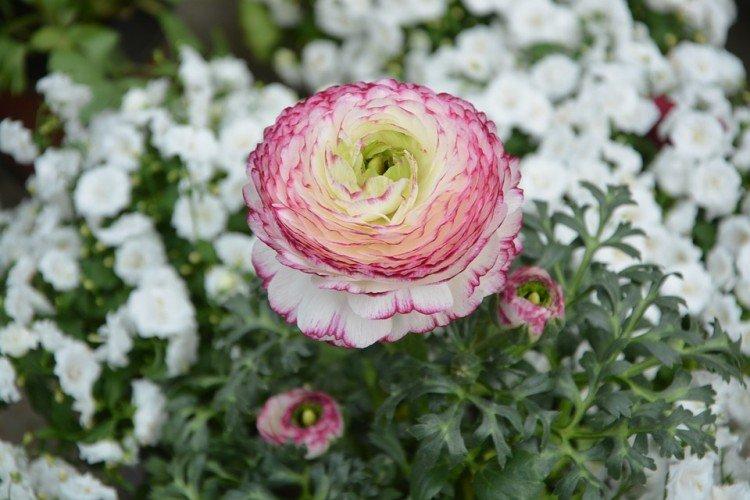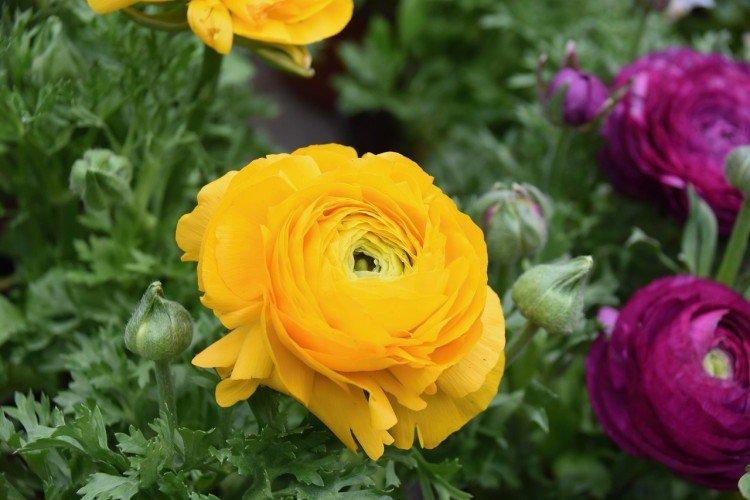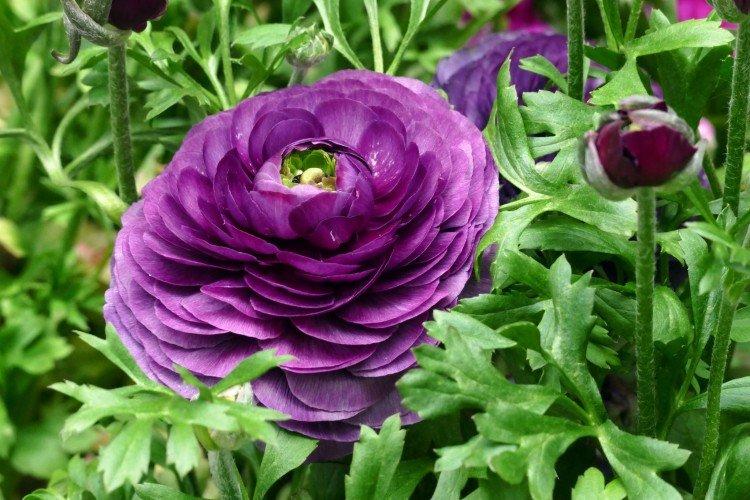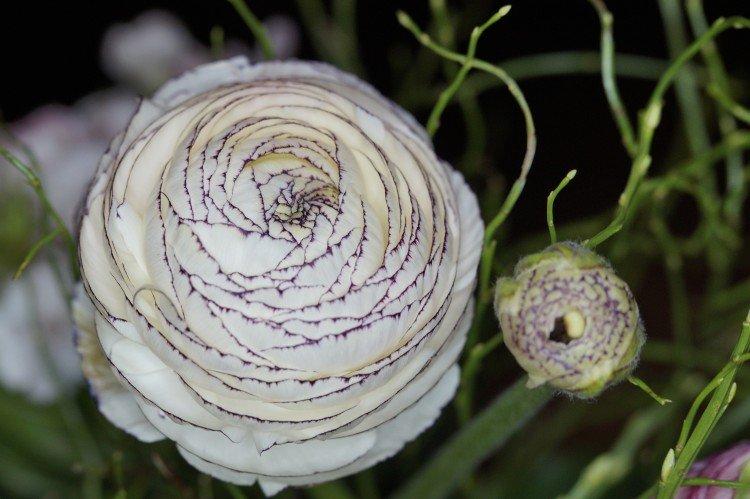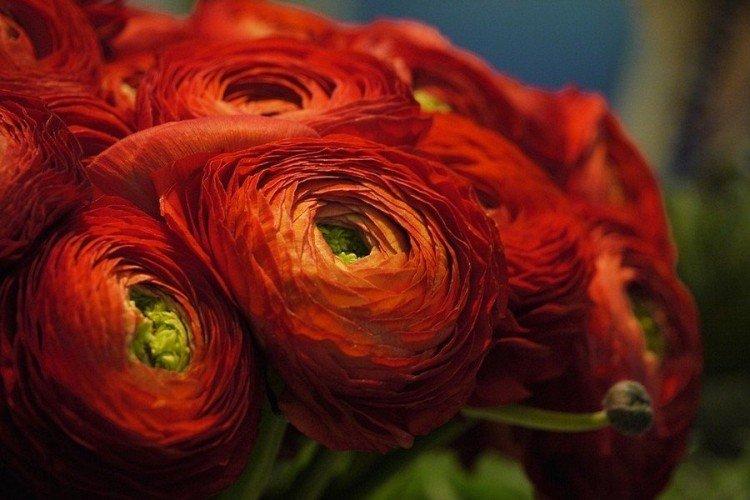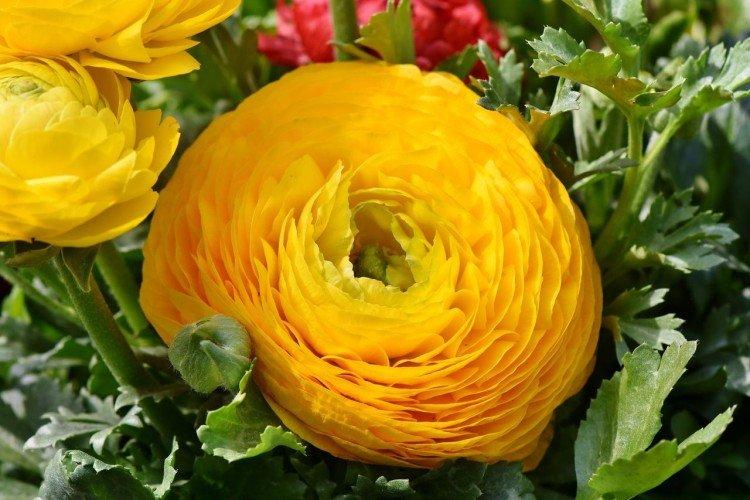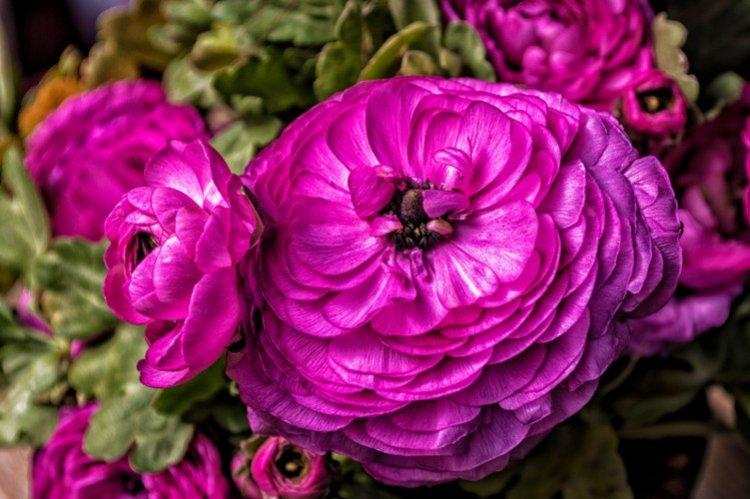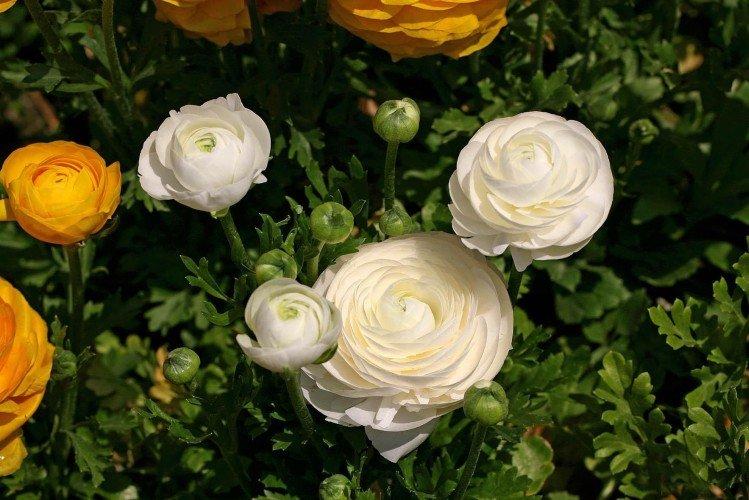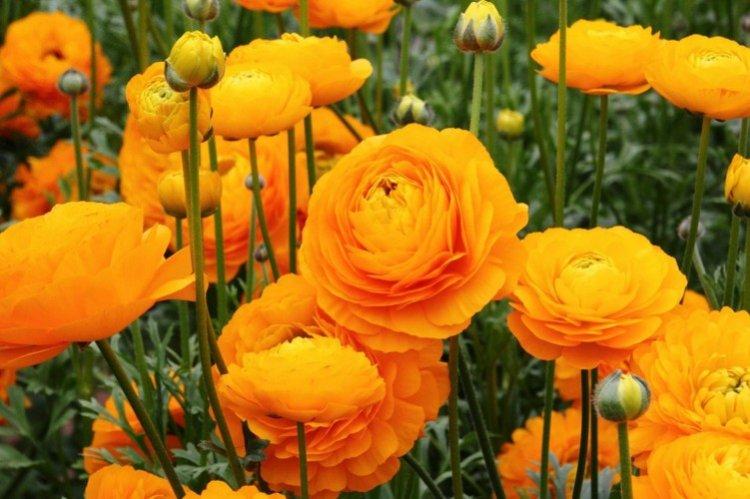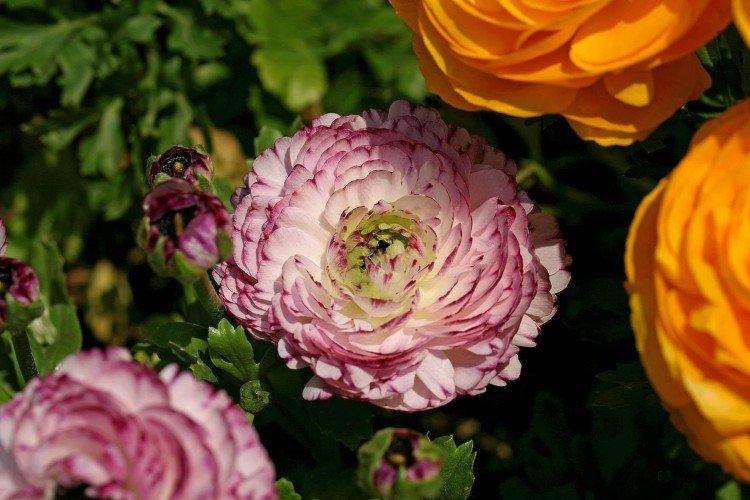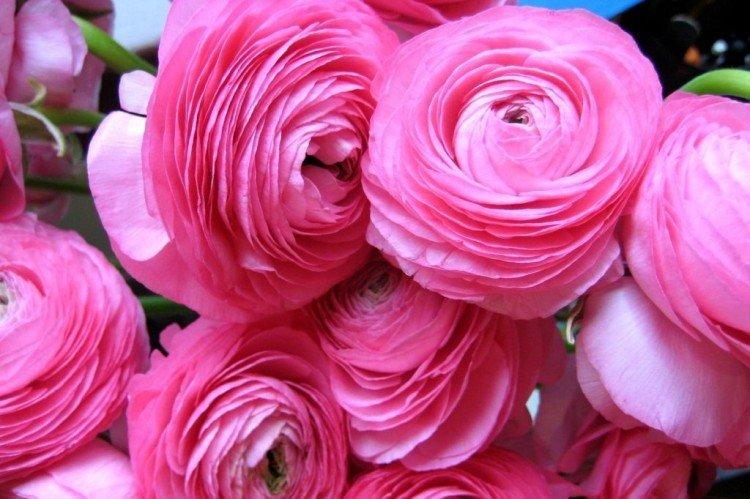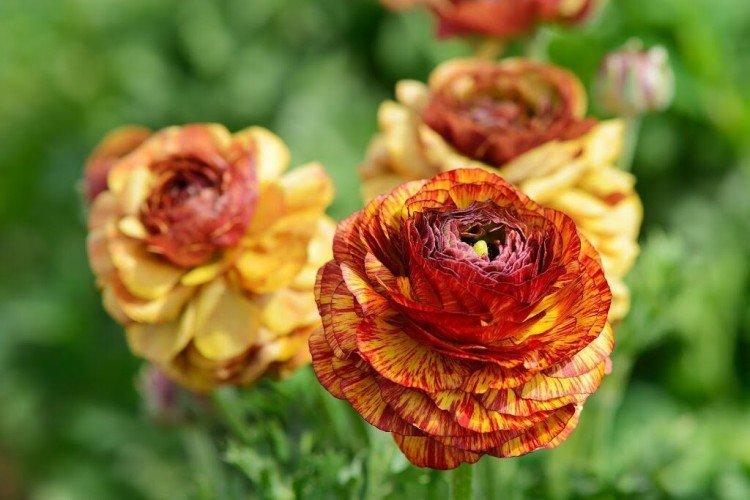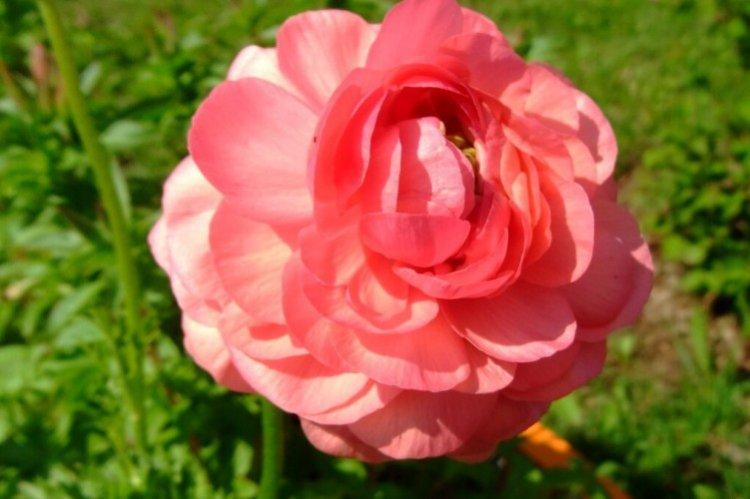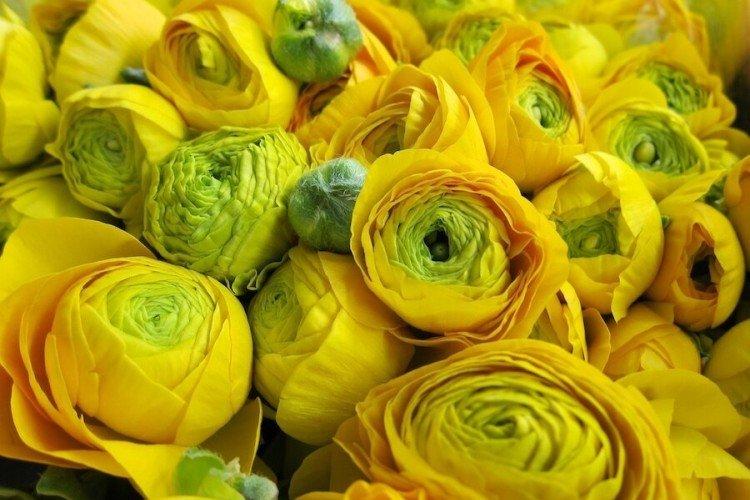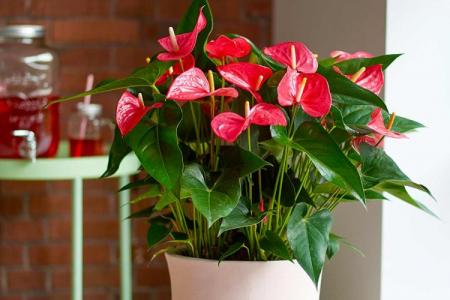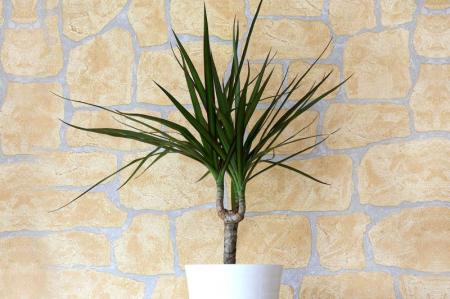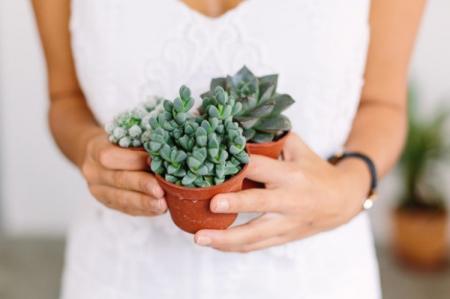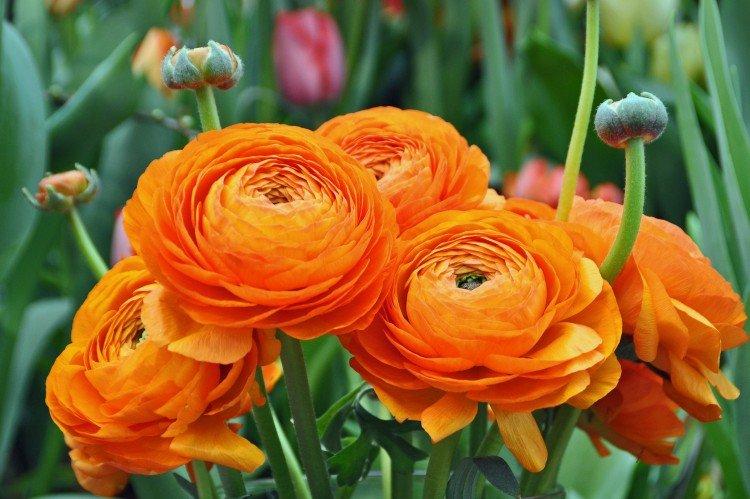
Ranunculus is so delicate and beautiful that it is impossible not to love it. Hundreds of their varieties are very diverse in shape, color and size. They also smell great and fill the garden with a fabulous scent. In everyday life, ranunculus is called a garden buttercup, and today we will tell you more about it!
general information
Ranunculus came to us from Asia Minor, and the name of the beautiful flower was given by the ancient scientist Pliny. Funnily enough, the plant is named after frogs due to the fact that a number of varieties prefer swampy areas.
The popularity of ranunculus in Europe has been rising and falling in waves since the sixteenth century. The height of the bush varies from 20 to 100 cm, and the shoots are always quite powerful and strong to support the weight of large inflorescences.
Ranunculus impresses with a variety of sizes, shapes and shades of flowers. In addition, they can be planted even for cutting, and in this form they stand well for up to 2 weeks. Choose simple, double, semi-double and even thick double ranunculus.
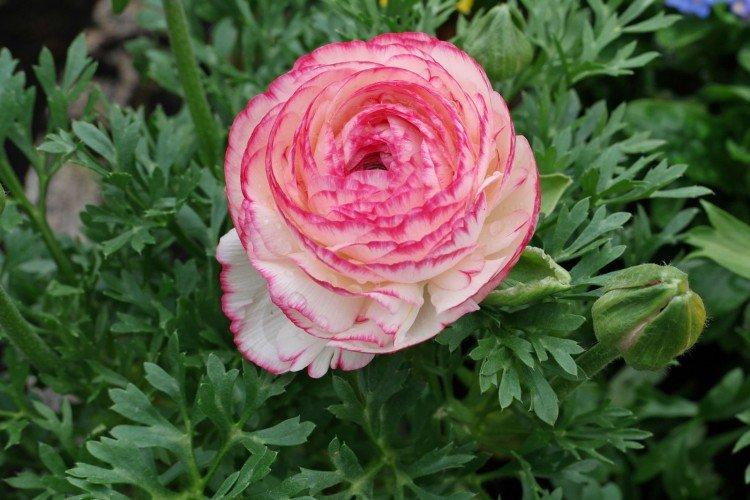
Types of ranunculus
There are two large groups into which all ranunculi can be divided - Asian or Persian, and African or turban. The former look like small roses, while the latter look like miniature peonies. Let's go through the most popular varieties!
Bicolor
Delicate terry ranunculus, the snow-white petals of which are surrounded by a pink border. This particular variety is often used for wedding bouquets.
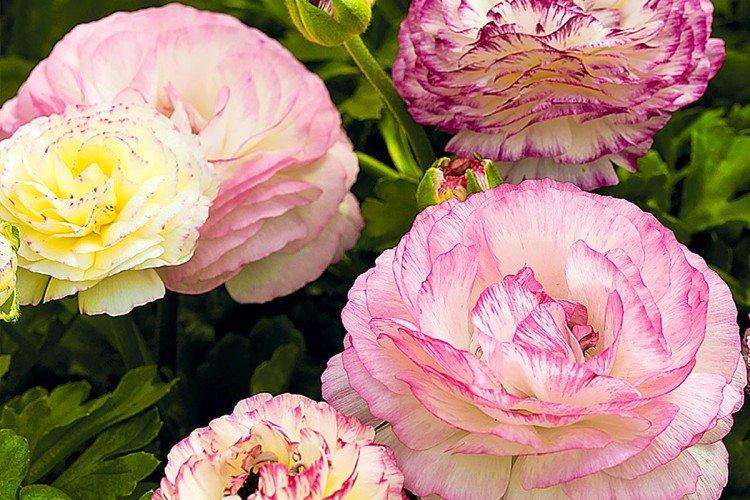
Elegant
A selection curiosity with the most unusual colors. For example, lemon with purple or white with scarlet.
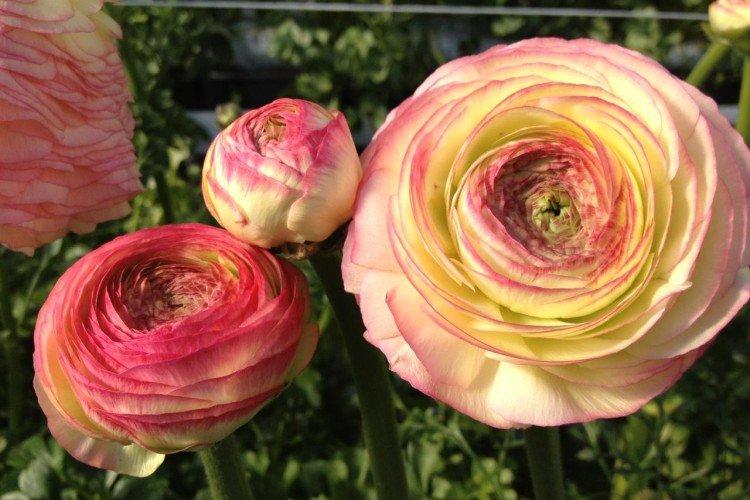
Victoria
A small bush up to 30 cm thickly covered with bright yellow buds. Victoria flowers are relatively small - an average of about 5 cm.
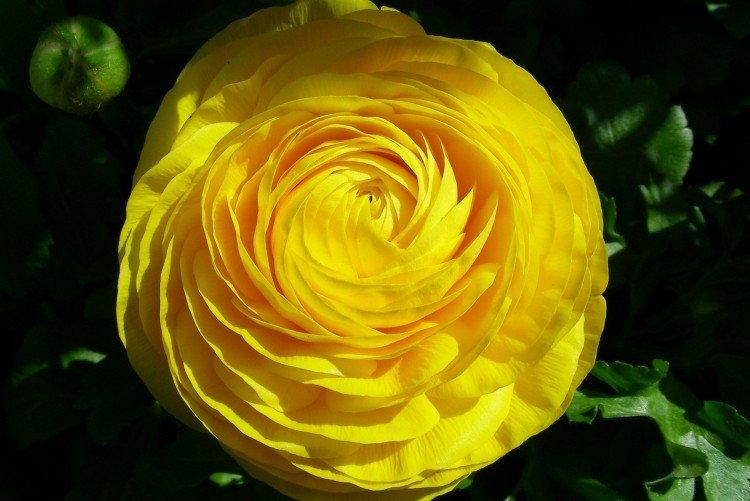
Orange
The brightly fragrant flowers are very similar to roses but are easily recognizable by their scent. This is a fairly compact variety, up to 40 cm, and up to 4 buds bloom on one strong peduncle.
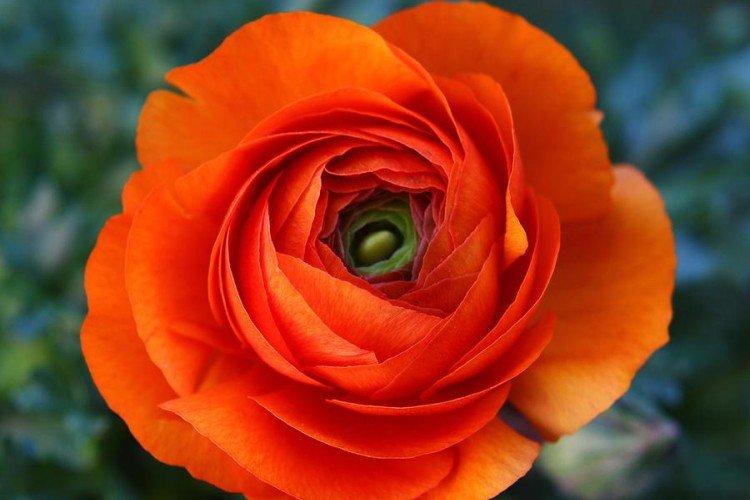
Pon-pon
And again the name speaks for itself, because the opened flowers look like funny pom-poms. There are very spectacular and smooth color transitions from green to lilac.
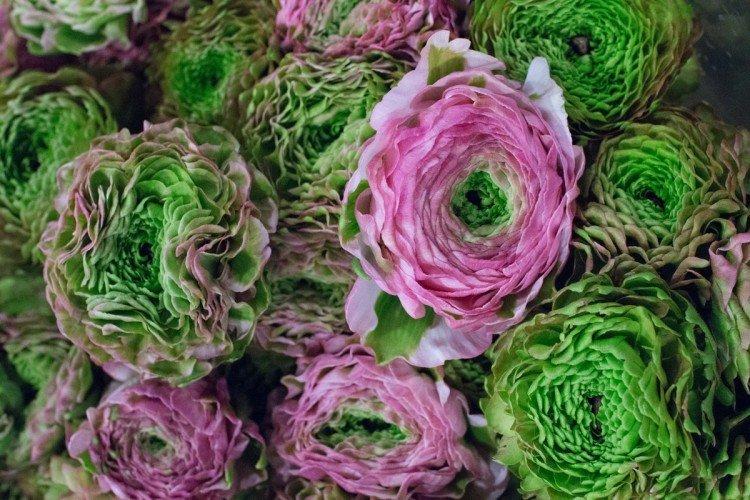
Crusel
These ranunculi are united by a delicate greenish center, from which bright colored petals diverge. It is one of the few varieties that reproduces only by seeds.
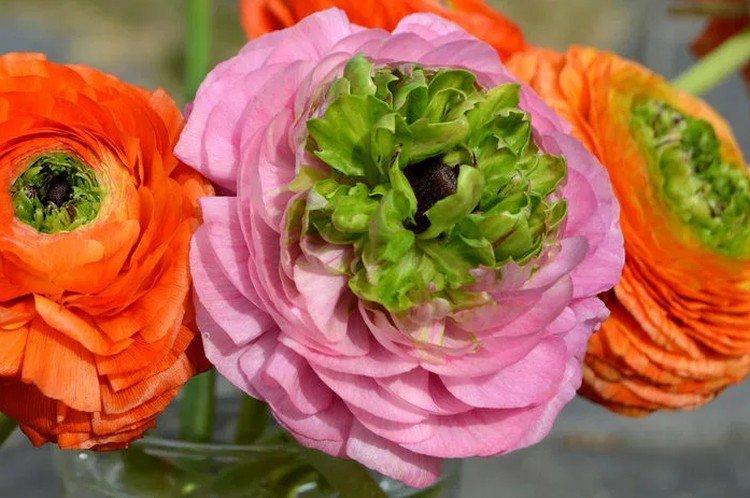
Andrea
Huge fluffy inflorescences-balls will decorate your garden for the whole summer. The diameter of such inflorescences reaches 8 cm, but due to the lush flowering, they seem even larger.
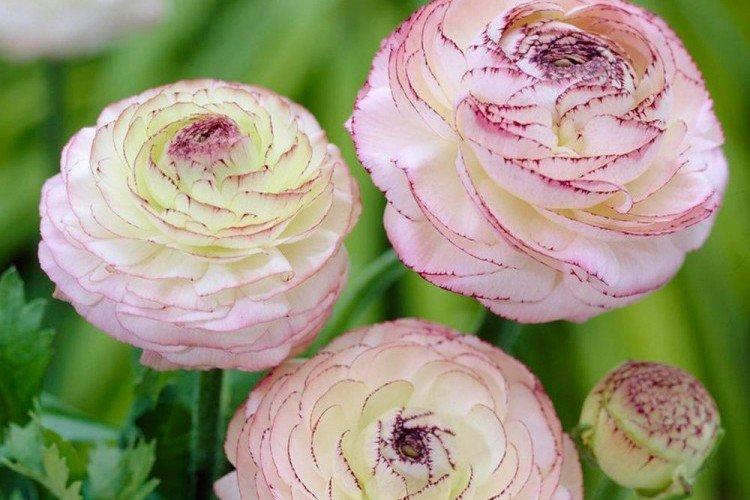
Festival
A fluffy hat of colored petals tightly covers the contrasting center. The most common shades are pink, lemon, cream and white.

Ranunculus care
Ranunculus is unpretentious, so the specifics of caring for it are very simple. Watch the humidity, avoid frost and be sure to immediately pick up a permanent place, because the flower is hard to tolerate transplants.
Temperature
Ranunculus loves warmth. For germination, he prefers a temperature of about +17 degrees, for life - up to +25. Tubers can be stored and transported at a temperature of about +7 degrees.
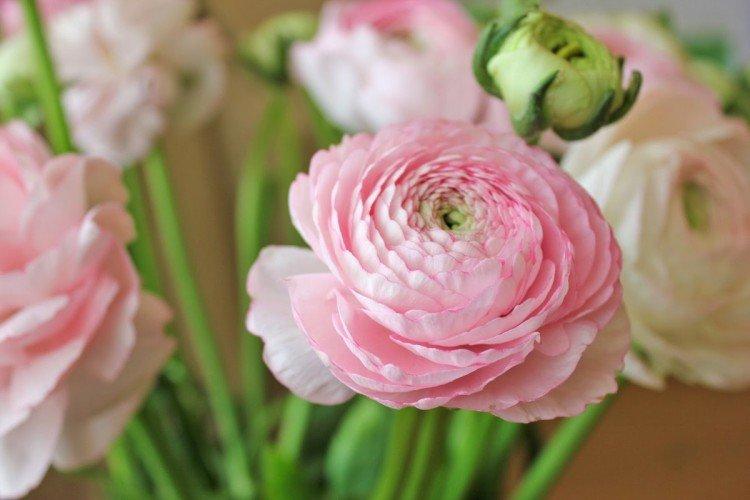
Lighting
For all the riot of colors, ranunculus prefers partial shade. It is in this area that the plant grows fastest and blooms most abundantly. And be sure to avoid drafts and cold winds.
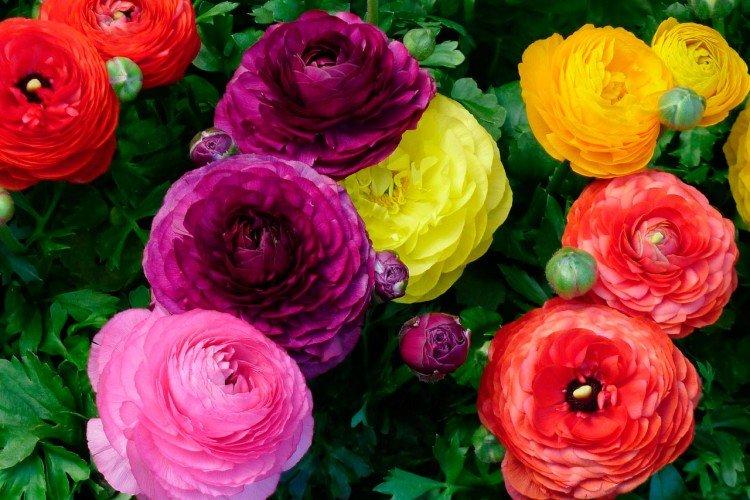
Watering
Ranunculus tubers have a high tendency to decay, so it is strictly forbidden to fill them. Watering should be regular, and in hot weather - up to several times a week. But very moderate, and only in loosened soil.
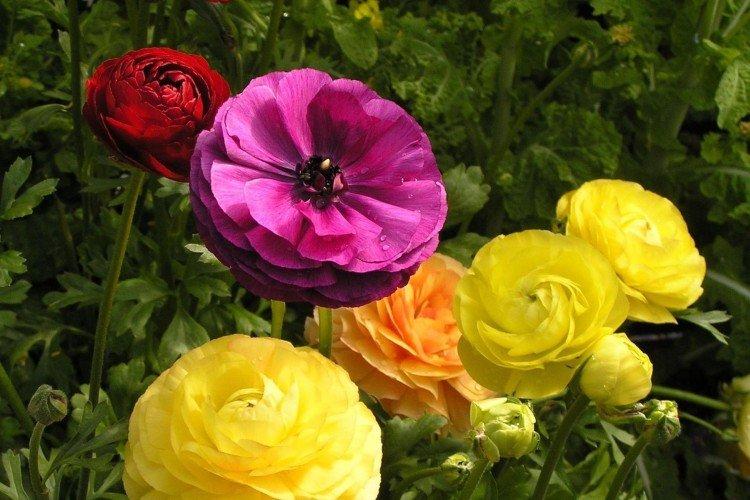
The soil
Choose a nutritious, fertile soil, preferably with neutral acidity. Loams work well, but add some compost and sand before planting. And they loosened the soil well so that water does not stagnate in it.
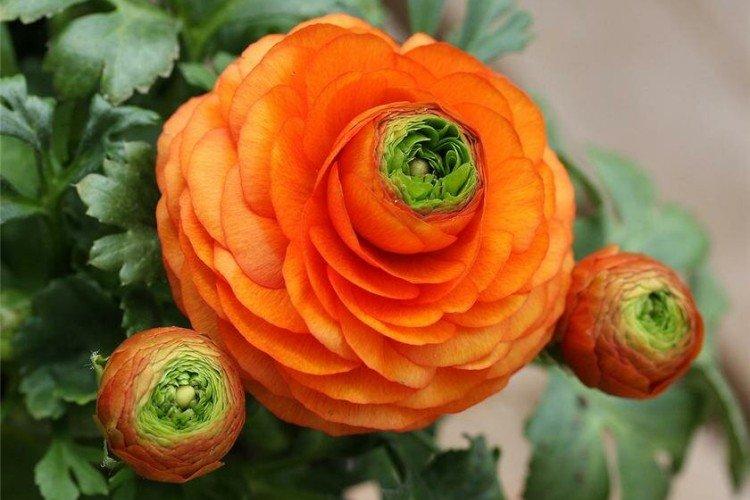
Fertilizers and feeding
When planting, add a little potassium fertilizer to the soil so that the ranunculus begin to form buds earlier and more abundantly. In the future, you can simply use complex mixtures for flowering garden plants every 2-3 weeks.

Pruning
Ranunculus does not need to be shaped or trimmed for beauty, because it grows neatly by itself. But it is important to quickly remove the faded buds and the peduncles themselves. You can safely cut them at the root.
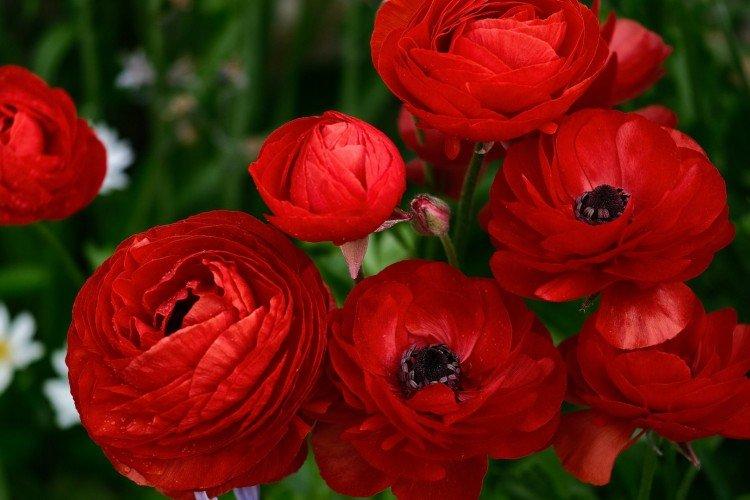
Wintering
Ranunculus will not survive even minor frosts in the open field, so after flowering, the tubers are dug out. Each must be carefully cleaned, briefly soaked in potassium permanganate, dried and put into paper bags. They can be stored in cool rooms and even in a refrigerator, but the main thing is that the temperature does not rise above +15 degrees.
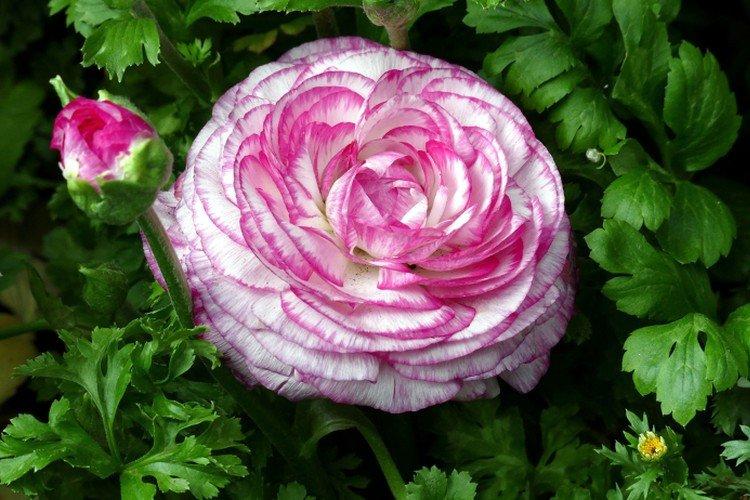
Planting and breeding
Seed planting in open ground is only suitable for selected southern regions. Otherwise, we advise you to germinate the seedlings at home in February and plant them on the site only after the final warming, when there are no night frosts at all. In addition, the risk of failure is high, because the seeds easily lose their germination.
But it is even more convenient to plant ranunculus with tubers. The main thing is that the planting material is healthy, of high quality, without damage and not overdried. First, put the tubers in a solution of potassium permanganate or wet sawdust for 8-10 hours, and then treat with fungicides.
Ranunculus tubers are planted in the ground in May at a short distance from each other in holes about 7 cm deep. Be sure to properly lay the tuber with the growth point up. Sprinkle them with soil, and wait for shoots in about 1.5 months.
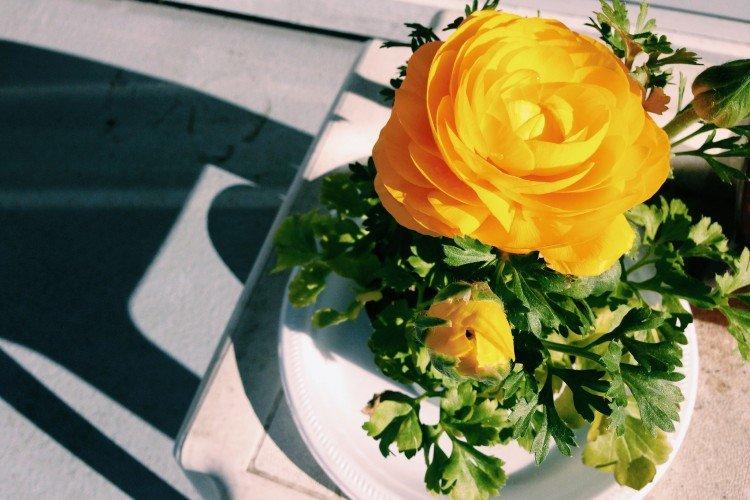
Pest and disease control
If the ranunculus sheds flowers, becomes covered with mold or dark spots - most likely, the reason is an excess of moisture. It is better to remove plants heavily damaged by the fungus, and the rest should be treated with fungicides and allowed to dry. If the buds become smaller and die off, and the leaves dry out, then the flower, on the contrary, does not have enough moisture.
Like many tuberous plants, ranunculus suffer from pests that love to feast on the roots. They are difficult to spot, but can be prevented if the soil and seed are thoroughly decontaminated early in the season.
The worst enemy is root nematodes and their larvae. They leave on the roots of education - the Gauls. The roots of such a ranunculus should be soaked in hot water up to 60 degrees for about half an hour. Occasionally aphids or spider mites are found, but insecticides help well in this case.

Ranunculus - photo
Ranunculus are a luxurious decoration for any site. And at the same time, these are flowers that are suitable even for novice growers. So watch, get inspired and try!
